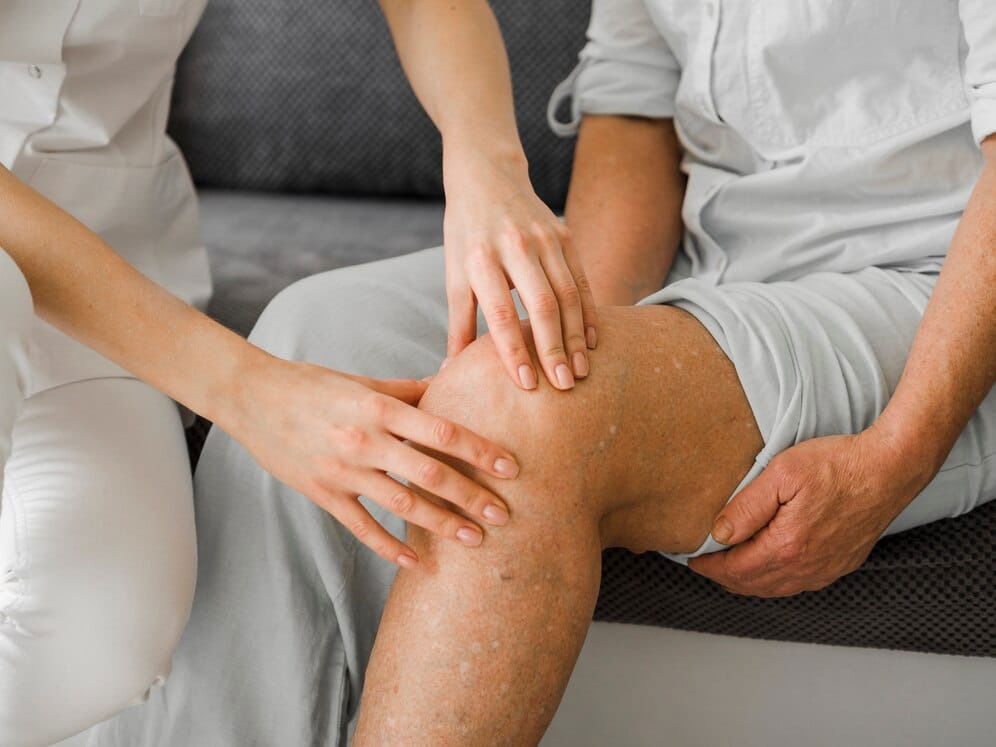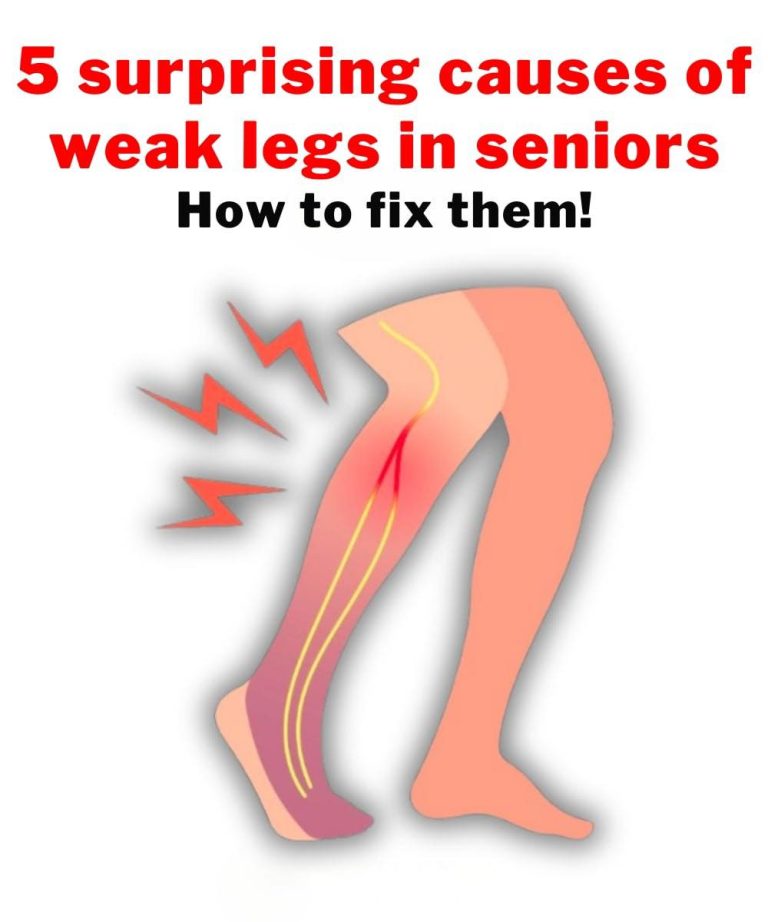ADVERTISEMENT
Another big reason is simply moving less. As people grow older, they may slow down their activity levels, setting up a harmful cycle: less activity leads to weaker muscles, which makes it even harder to be active.
Inactivity can also contribute to poor circulation, joint stiffness, and conditions like type 2 diabetes. Keeping active, in any way you can, goes a long way to maintaining strong legs.
3. Chronic Health Conditions
Some long-term health problems also affect leg strength. For example, arthritis, diabetes, and peripheral neuropathy can reduce balance and stability, making movement harder.
If you develop nerve damage from diabetes, it can make you fearful of falling, causing you to stay still, which only worsens the weakness.
Working closely with your doctor to manage these conditions, along with physical therapy and exercise, can help prevent further decline.
4. Back Problems
Lower back conditions, like spinal stenosis, herniated discs, or sciatica, can affect nerves that run to your legs, causing weakness or pain.
These issues often make you reluctant to move, but staying as active as possible is still key. Gentle exercises, guided by a physical therapist, can help manage pain and protect leg strength.
If you experience serious numbness, tingling, or weakness, see a doctor for specialized advice.

5. Lack of Motivation
ADVERTISEMENT
ADVERTISEMENT
